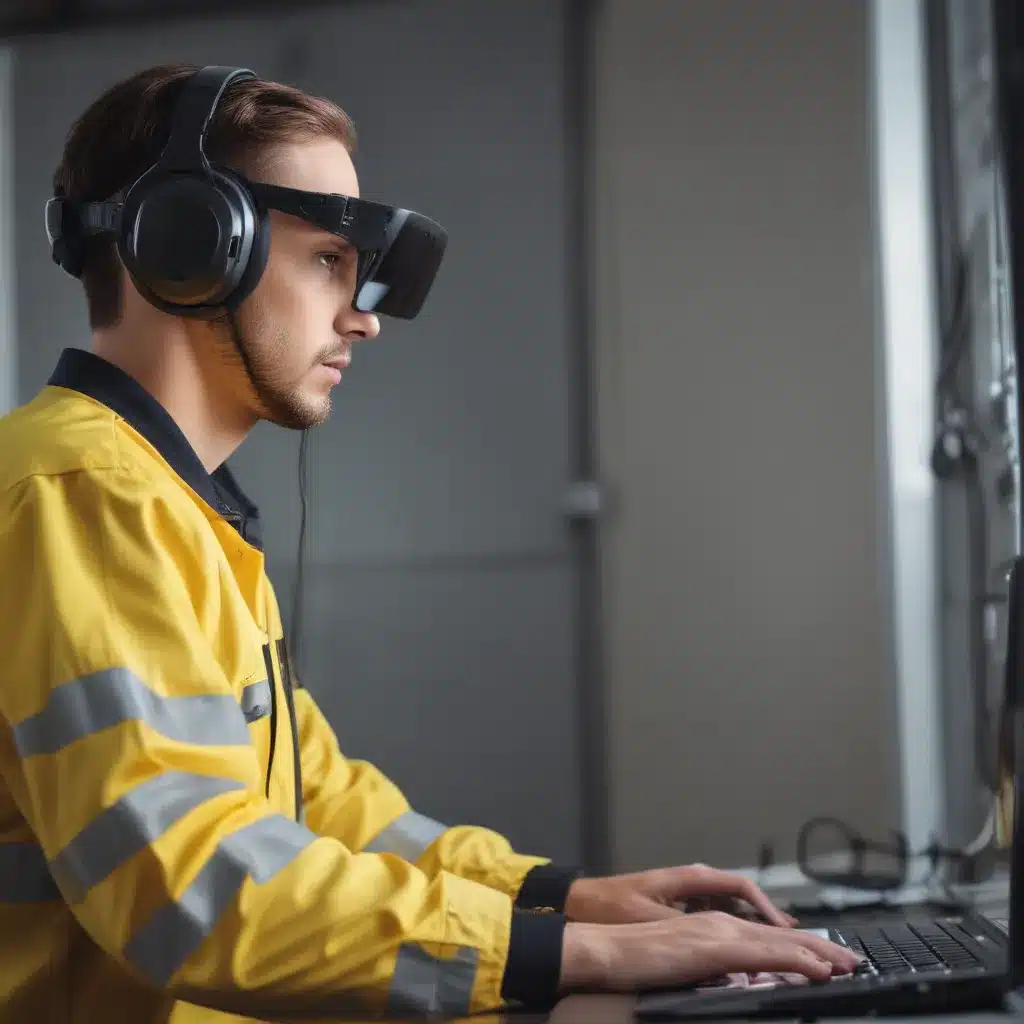
The Unsung Heroes of the Construction Site
Have you ever wondered what it takes to keep a construction site running smoothly and safely? Amidst the cacophony of power tools, the towering cranes, and the seemingly endless flow of materials, there’s a dedicated team of professionals working tirelessly to ensure that every project is completed without incident. And at the heart of this effort lies a revolutionary approach to training – virtual training.
As someone who has been in the construction industry for over a decade, I can attest to the challenges we face on a daily basis. From navigating complex blueprints to operating heavy machinery, the margin for error is painfully slim. One wrong move, one momentary lapse in judgment, and the consequences can be dire. That’s why the rise of virtual training has been a game-changer for our industry.
Embracing the Power of Virtual Reality
In the past, new hires would have to rely on on-the-job training, which could be both time-consuming and potentially dangerous. But with the advent of virtual reality (VR) technology, we can now simulate the construction site in a safe, controlled environment. Donning a VR headset, trainees can navigate virtual job sites, operate virtual machinery, and even practice emergency procedures – all without the risk of physical harm.
This approach to training has several key benefits. Firstly, it allows trainees to make mistakes and learn from them without jeopardizing the safety of themselves or their colleagues. They can experiment, troubleshoot, and develop their skills in a risk-free setting, giving them the confidence and competence they need to excel on the real job site.
Secondly, virtual training is highly customizable and scalable. Companies can create bespoke scenarios that address their specific needs, whether it’s familiarizing workers with a new piece of equipment or simulating a complex construction sequence. And as the technology continues to evolve, the possibilities for virtual training are only becoming more expansive.
Bridging the Skills Gap
One of the most pressing challenges facing the construction industry today is the skills gap. As older workers retire, there’s a growing need to train the next generation of construction professionals. And virtual training is proving to be an invaluable tool in this endeavor.
By immersing trainees in realistic job site scenarios, virtual training can help bridge the gap between classroom learning and practical application. It allows them to develop the critical thinking, problem-solving, and decision-making skills that are essential for success in the field.
Moreover, virtual training can be tailored to the unique learning styles and preferences of different individuals. Some may thrive in a more hands-on, kinesthetic learning environment, while others may benefit from the ability to pause, rewind, and repeat the training scenarios. By catering to these diverse needs, virtual training ensures that every worker has the opportunity to acquire the skills they need to excel.
Enhancing Safety and Productivity
Of course, the ultimate goal of virtual training is to improve safety and productivity on the job site. By providing workers with the opportunity to practice and hone their skills in a safe, controlled environment, we can reduce the risk of accidents and injuries. And when workers feel confident and well-trained, they’re able to work more efficiently, contributing to the overall productivity of the project.
But the benefits of virtual training go beyond just the immediate job site. As workers become more proficient and adept at their tasks, they can also pass on their knowledge and expertise to their colleagues, creating a culture of safety and excellence that permeates the entire organization.
The Future of Construction Training
As the construction industry continues to evolve, it’s clear that virtual training will play an increasingly vital role in shaping the future of our trade. By embracing this technology, we can not only improve safety and productivity but also attract and retain the best and brightest talent in the field.
And who knows, maybe one day we’ll be able to simulate the entire construction process, from the initial design phase to the final touches. Imagine being able to walk through a virtual version of a building before a single brick is laid. The possibilities are truly endless.
So, the next time you step onto a construction site, take a moment to appreciate the unsung heroes who work tirelessly to keep us all safe. And know that, thanks to the power of virtual training, the future of construction is brighter and more secure than ever before.